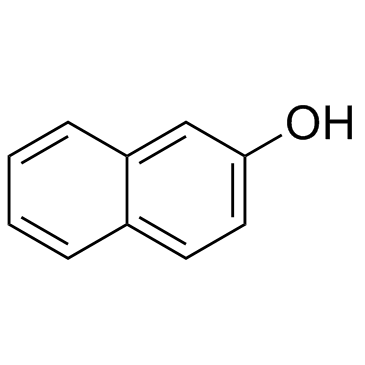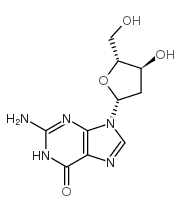| Structure | Name/CAS No. | Articles |
|---|---|---|
 |
2-Naphthol
CAS:135-19-3 |
|
 |
2'-Deoxyguanosine monohydrate
CAS:312693-72-4 |